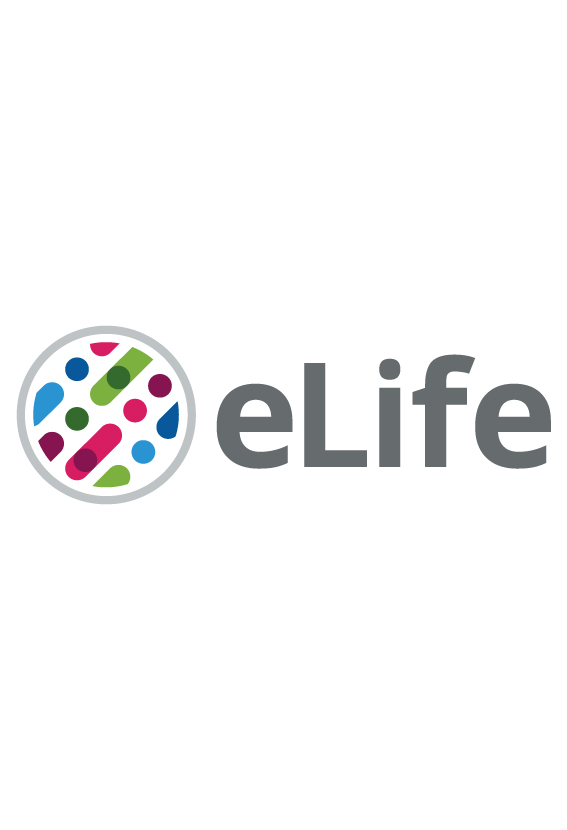Elife. 2024 Apr 2:12:RP88253. doi: 10.7554/eLife.88253
Natural variation in the Caenorhabditis elegans egg-laying circuit modulates an intergenerational fitness trade-off
Laure Mignerot1, Clotilde Gimond1, Lucie Bolelli1, Charlotte Bouleau1, Asma Sandjak1, Thomas Boulin2, Christian Braendle1
Affiliations
1Université Côte d’Azur, INSERM, CNRS, iBV, Nice, France
2Institut NeuroMyoGène, CNRS, Inserm, Université de Lyon, Lyon, France.
Abstract
Evolutionary transitions from egg laying (oviparity) to live birth (viviparity) are common across various taxa. Many species also exhibit genetic variation in egg-laying mode or display an intermediate mode with laid eggs containing embryos at various stages of development. Understanding the mechanistic basis and fitness consequences of such variation remains experimentally challenging. Here, we report highly variable intra-uterine egg retention across 316 Caenorhabditis elegans wild strains, some exhibiting strong retention, followed by internal hatching. We identify multiple evolutionary origins of such phenotypic extremes and pinpoint underlying candidate loci. Behavioral analysis and genetic manipulation indicates that this variation arises from genetic differences in the neuromodulatory architecture of the egg-laying circuitry. We provide experimental evidence that while strong egg retention can decrease maternal fitness due to in utero hatching, it may enhance offspring protection and confer a competitive advantage. Therefore, natural variation in C. elegans egg-laying behaviour can alter an apparent trade-off between different fitness components across generations. Our findings highlight underappreciated diversity in C. elegans egg-laying behavior and shed light on its fitness consequences. This behavioral variation offers a promising model to elucidate the molecular changes in a simple neural circuit underlying evolutionary shifts between alternative egg-laying modes in invertebrates.
DOI: 10.7554/eLife.88253

